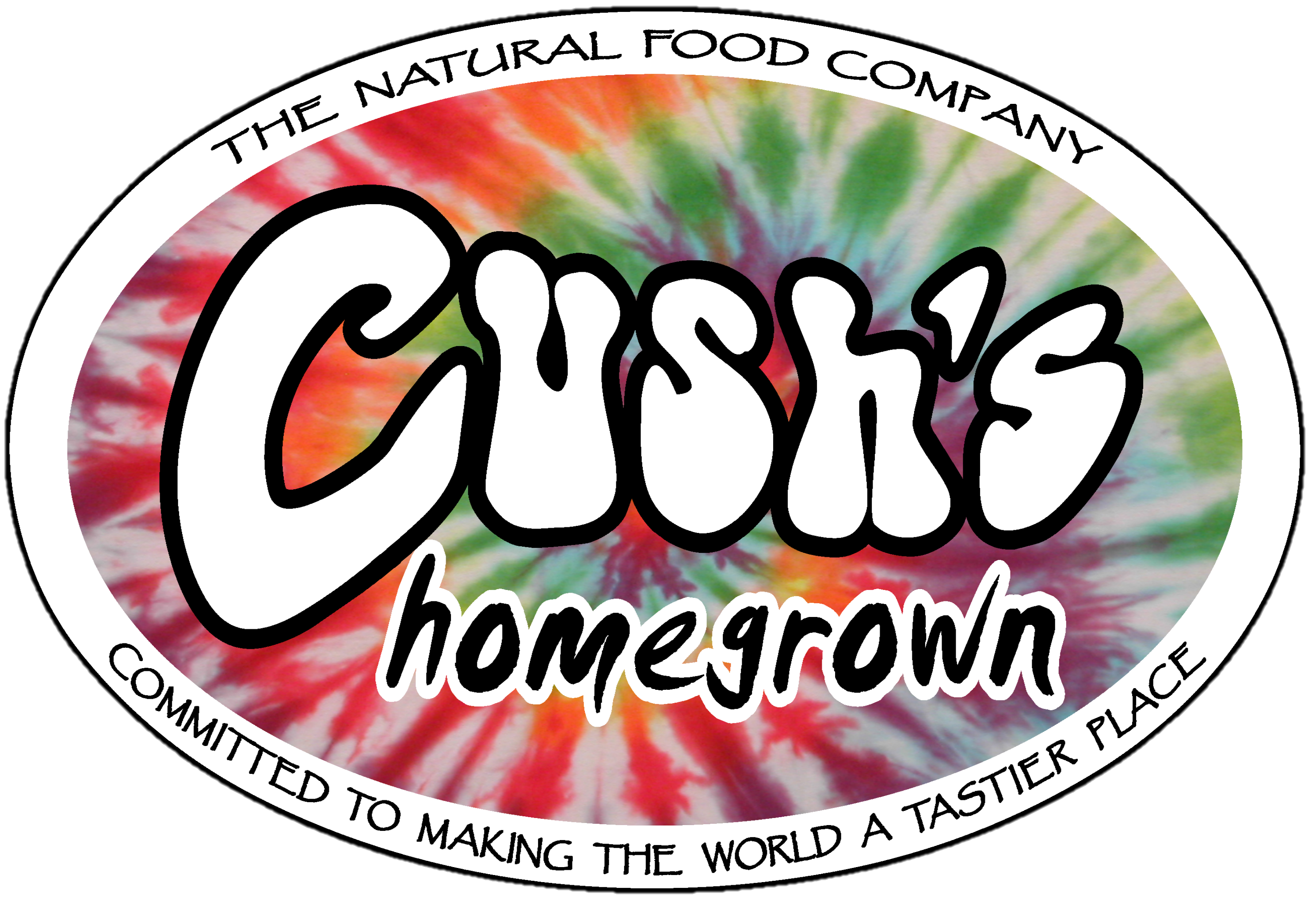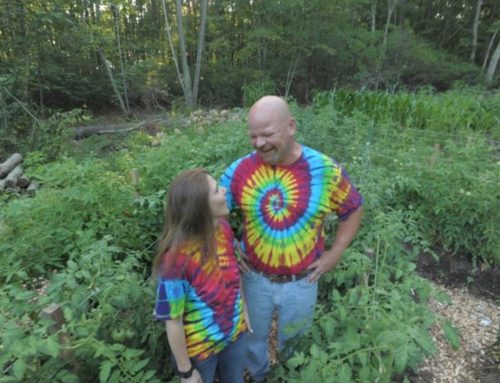Chris Cushing of Old Lyme, creator of Cush’s Homegrown Salsa, always has been a backyard vegetable gardener. He grew up in Waterford, one of five kids, so “you grew everything you could to make the grocery bill go down.” Later, as an adult, when he lived in Oakdale, he had about 15 raised beds and grew vegetables, including a lot of tomatoes and peppers.
Naturally, he tried making salsa.
“The first few years I couldn’t get it right,” says Cushing, 45.
Cushing’s yard was large enough for a friend to keep about eight hives of bees there, too.
About 12 years ago, Cushing says, he was making salsa when his bee-keeping friend dropped by to give him his monthly honey allotment.
“That was my ‘Aha!’ moment,” says Cushing, who added honey to the salsa mixture and knew he’d found just the flavor he wanted.
He began canning salsa for himself, and whenever friends or family members were having a party, he says, they clamored for it.
“They held me hostage,” Cushing says. ” ‘Here’s your invitation, but only if you bring salsa’. ”
Cushing is a specialty carpenter who owns Cushing Woodworking; he has been involved in two of the “Extreme Makeover” projects in Connecticut.
“When the economy went down the tubes, my wife looked at me and said, ‘It’s time to make salsa’. ”
Cush’s Homegrown Salsa started small in April. Cushing made two 25-gallon batches a week in the kitchen at Jon’s Fish Market in Colchester, just enough to supply his first five stores.
But the business has grown fast, and Cush’s Homegrown Salsas are now carried in nearly three dozen stores, including all the Highland Park Markets, the Tri Town Foods markets, McQuade’s Market Place in Mystic and Staehly Farms in Haddam.
After just a month and a half in business, Cushing moved his salsa production to Ultimate Foods in New Haven, where he can make larger batches: three batches in a 250-gallon vat, for 202 cases in six hours. Each time, he says, he makes a larger batch.
His chunky salsas — available in hot, medium and mild versions — are all natural, made with tomatoes, suntan bell peppers, jalapeno peppers, Spanish onions, spices and clover honey.
He tried making the salsas with wildflower honey, but the honey flavor varied too much. By comparison, Cushing says, when bees are raised in a field of clover, they are quite content and don’t need to venture elsewhere. The result is honey with a more consistent taste.
Worried that others might copy his idea, Cushing says it was hard to include the word “honey” on the label. But, he says, he’s learned you have to act like a high-rise steelworker: “Never look where you don’t want to be.”
As a child of the ’60s, Cushing, who was born in 1965, had some fun with his “Homegrown” jar design: tie-dye labels and balloon-style lettering. He now wears a Cush’s Homegrown Salsa tie-dye shirt every day.
Cushing also plans to start this fall producing piccalilli based on his great-grandmother’s recipe, which uses vinegar and light brown sugar. He already has told some area farmers that he will buy all their green tomatoes.
Cushing says salsa isn’t just for chips. He recommends using it on burgers, scrambled eggs and fritattas, and he recently cooked a “taco pizza” on the grill, using thin pizza dough, cooked hamburger and cheddar, freshly chopped lettuce and fresh tomato, topped with salsa and sour cream.
“I eat it every day, and when I’m watching football, I can go through a full bottle myself,” he says, adding that salsa sales increase by a third during football season. “We’re heading into our season.”
Here is another favorite recipe that uses Cush’s Homegrown Salsa:
CHICKEN AND PASTA SALAD
1 pound rotini pasta, cooked and cooled
1 pound chicken, cooked, cooled and diced
1 pound cheddar, Monterey Jack or Muenster cheese, diced
1 6.5-ounce bottle of salsa.
Mix all ingredients together.
“It’s a wonderful cold pasta salad,” Cushing says.

